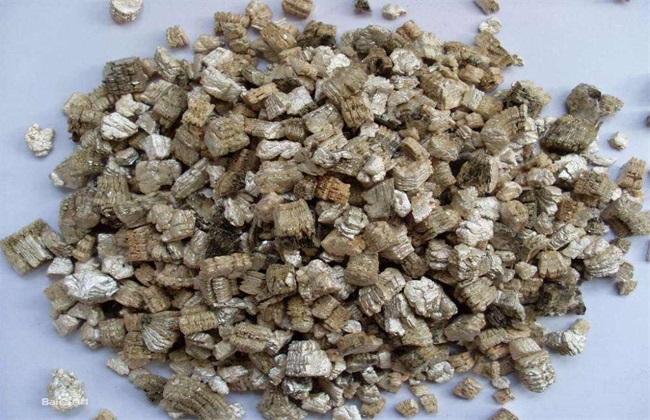Fungal diseases of edible fungi and their control
1. Brown rot
Also known as white rot, wet bubble disease, verrucosporium disease. It mainly harms Agaricus bisporus, straw mushroom, Pleurotus ostreatus and so on.
1. Illness
Only the fruiting body is infected, but not the mycelium. When the fruiting body is infected, there is a layer of white cotton hairy pathogen hyphae on the surface, the stalk swells into a blistering deformity, and then brown rot dies, so it is also called wet bubble disease. If the fruiting body is infected when it is not differentiated, the differentiation is blocked and an irregular tissue mass is formed, with white fluffy hyphae on the surface, and the tissue mass gradually turns brown, oozing brown juice from the inside and rotting, and emitting a foul smell.
2. Etiology
The pathogen is Alternaria verrucosa. The chlamydospores of Alternaria verrucosa can be dormant in the soil for several years, and the first infection mainly comes from the soil; the re-infection and disease spread in the mushroom shed are mainly transmitted by spores through the human body, pests, tools or water spraying and other channels. The incidence of the disease was serious when the mushroom room was high temperature, high humidity and poor ventilation, and it was rarely below 10 ℃.
3. prevention and control measures
⑴ mushroom should be equipped with screen doors, screen windows, mushroom room, bed frame and appliances should be strictly disinfected, thoroughly kill bacteria and pests.
⑵ cover soil should be sterilized. Cover with soil for pasteurization: 60-70 ℃ for 1 h.
The ⑶ culture material should be treated by post-fermentation or pasteurized.
The cultivation season of ⑷ should be selected, and the emergence period of the first tide mushroom should avoid the high temperature season of more than 25 ℃.
When the disease occurs in the process of ⑸ cultivation, we should stop spraying water, strengthen ventilation, reduce temperature and humidity; if the disease is serious, we should destroy the diseased mushroom in time and clean the material surface, and we can also reduce the greenhouse temperature as much as possible by opening day and night to restrain the harm of bacteria.
2. Brown spot
Also known as dry bubble disease, black spot disease, trichoderma. It mainly harms Agaricus bisporus and Pleurotus ostreatus.
1. Illness
Brown spot spread rapidly and had a strong infectivity to the fruiting body. After the mushroom bud was damaged, a gray-white tissue mass with dry texture was formed, which could not differentiate into stalk and cap. After the fruiting body was infected, the hyphae of the pathogen could invade the medulla of the fruiting body, resulting in abnormal expansion and browning of the stalk, slow growth of the cap, deformity and ossification of the fruiting body, and many irregular needle-sized brown spots on the lid. after that, the spots gradually expanded and sunken, and the sunken part was gray, full of conidia of Verticillium, but the mushroom body did not rot, had no odor, and finally cracked and died.
2. Etiology
The pathogens are fungal Verticillium, Fungi Verticillium and Mushroom Verticillium. Verticillium verticillium mainly lives in soil and air, and its optimum growth temperature is about 22 ℃, and its vitality is very weak when it is lower than 12 ℃. Its conidia can adhere to soil, tools, human bodies and insects, so the first infection may be caused by the germination of pathogenic spores living in soil and air, and the rapid spread after the disease is spread by the human body, tools, insects and even water spray. The disease is easy to occur when the mushroom room is poorly ventilated and the air humidity is high.
3. prevention and control measures
Refer to the prevention and control of brown rot.
3. Soft rot
Also known as cobweb disease, wet rot, dendritic verticillium. It mainly harms Agaricus bisporus, Pleurotus ostreatus and Flammulina velutipes.
Fourth, pleated mildew
Also known as cap spot disease or cephalosporin disease, is a kind of disease that mainly occurs on the bacterial fold. It mainly harms Agaricus bisporus, Lentinus edodes and Pleurotus ostreatus.
5. Cataplexy
Also known as Fusarium wilt, mainly harms Agaricus bisporus and Pleurotus ostreatus. Control measures: refer to the prevention and control of brown rot.
Related
- Fuxing push coffee new agricultural production and marketing class: lack of small-scale processing plants
- Jujube rice field leisure farm deep ploughing Yilan for five years to create a space for organic food and play
- Nongyu Farm-A trial of organic papaya for brave women with advanced technology
- Four points for attention in the prevention and control of diseases and insect pests of edible fungi
- How to add nutrient solution to Edible Fungi
- Is there any good way to control edible fungus mites?
- Open Inoculation Technology of Edible Fungi
- Is there any clever way to use fertilizer for edible fungus in winter?
- What agents are used to kill the pathogens of edible fungi in the mushroom shed?
- Rapid drying of Edible Fungi



